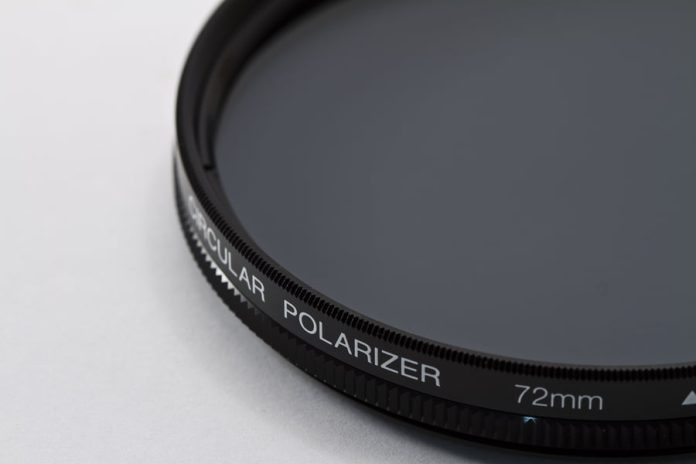We have a particular camera located in full sun and looking through a foyer window to a carpark that needs monitoring. The camera struggles with direct sunlight as well as reflections off the front window and we’re wondering whether adding something like a UV filter or polarising filter to the lens would assist?
A: UV filters had a purpose back in the days of film because the silver halides that form the photosensitive material on the surface of film are highly sensitive to UV. Modern digital camera sensors are designed not be sensitive to UV, so adding a UV filter is going to add another element that will attenuate the light signal reaching the lens, may add internal reflections in an already tough environment and will not eliminate UV light the sensor cannot see.
A polarising filter is a different proposition – essentially it denies access to light from an adjustable angle – optimum is 90 degrees to the light source – in most cases, the sun. If properly set up, a polarising filter will cut down on reflections passing through the front lens element from water, glass, cars and any other reflective surface. It can enhance contrast and reduce haze, smog and rain. In good light, a polariser will make some colours more intense – the blue of the sky, the green of trees – it will do the same with clothing colours. But it won’t achieve this uniformly across the frame.
In low light, a polariser will add another 1-2 stops to the apparent aperture of the camera, so the scene will be darker and/or noisier, depending on how the camera engine responds to the reduction in light reaching the sensor. Polarisers work best when carefully set up in ideal conditions – that means it could help you during the day but you need to assess night performance – look for increases in noise, loss of depth of field, a tendency to crush blacks in shaded areas of the screen. Remember to turn the filter and change the angle of the lens to the light slightly when seeking the sweet spot.








